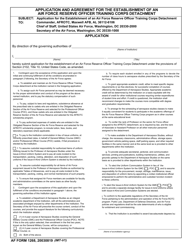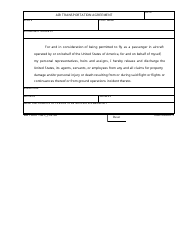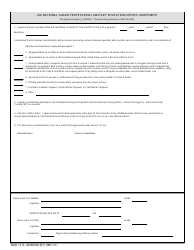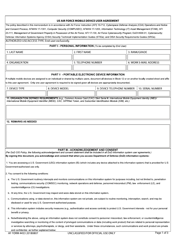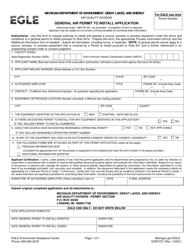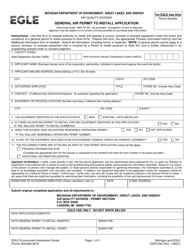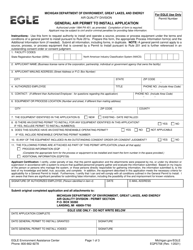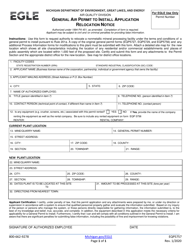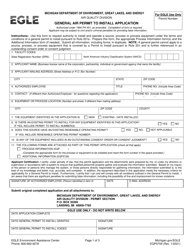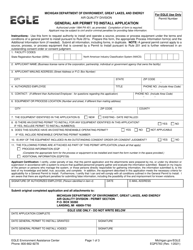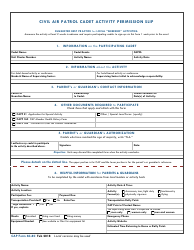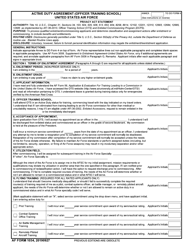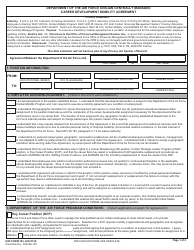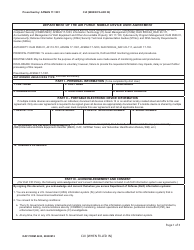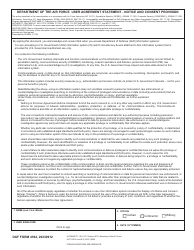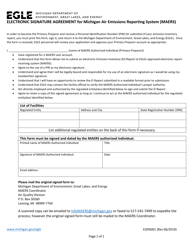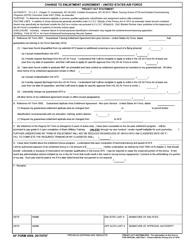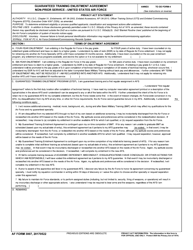Form EQP5731 General Air Permit to Install Application - Anhydrous Ammonia Storage and Handling - Michigan
What Is Form EQP5731?
This is a legal form that was released by the Michigan Department of Environment, Great Lakes, and Energy - a government authority operating within Michigan. As of today, no separate filing guidelines for the form are provided by the issuing department.
FAQ
Q: What is EQP5731 General Air Permit to Install Application?
A: EQP5731 is a permit application for Anhydrous Ammonia Storage and Handling in Michigan.
Q: What is Anhydrous Ammonia?
A: Anhydrous Ammonia is a chemical compound often used as a fertilizer.
Q: What does the EQP5731 permit cover?
A: The EQP5731 permit covers the installation and operation of facilities that store and handle Anhydrous Ammonia in Michigan.
Q: What is the purpose of the permit?
A: The purpose of the permit is to regulate and ensure the safe storage and handling of Anhydrous Ammonia to protect public health and the environment.
Q: Who needs to apply for the EQP5731 permit?
A: Any facility in Michigan that intends to store and handle Anhydrous Ammonia needs to apply for the EQP5731 permit.
Q: What are the requirements for the permit application?
A: The permit application requires detailed information about the facility, including its location, equipment, storage capacity, and safety measures.
Q: Are there any fees associated with the permit application?
A: Yes, there are fees associated with the EQP5731 permit application. The fees depend on the storage capacity of the facility.
Q: How long does it take to obtain the permit?
A: The processing time for the permit application varies. It may take a few weeks to a few months to obtain the EQP5731 permit.
Q: Is the permit renewable?
A: Yes, the EQP5731 permit is renewable. Facilities need to apply for renewal before the expiration of their current permit.
Q: What happens if a facility operates without the EQP5731 permit?
A: Operating without the EQP5731 permit is a violation of Michigan environmental regulations and may result in penalties and enforcement actions by regulatory authorities.
Form Details:
- Released on January 1, 2021;
- The latest edition provided by the Michigan Department of Environment, Great Lakes, and Energy;
- Easy to use and ready to print;
- Quick to customize;
- Compatible with most PDF-viewing applications;
- Fill out the form in our online filing application.
Download a fillable version of Form EQP5731 by clicking the link below or browse more documents and templates provided by the Michigan Department of Environment, Great Lakes, and Energy.








